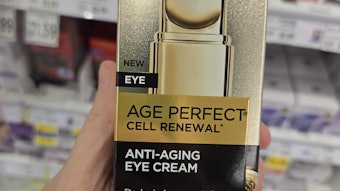Pigments are solid particles and are insoluble in water and fatty matter. They may be classified into two groups, depending on their origin: mineral pigments, which are of mineral origin, and organic pigments, which are produced by organic sythesis.
Mineral pigments are inert and opaque powders that reflect and diffuse UV radiation and part of the visible light (Figure 1). Consequently, they provide broad-spectrum protection. The mineral pigments most often used for photoprotection are titanium dioxide (TiO2) and zinc oxide (ZnO). Other elements such as zirconium, cerium, talc and kaolin are less used because their capacity to attenuate UV radiation is low. This article will focus on the protectant properties of TiO2 and ZnO.
Titanium is one of the 10 most abundant elements on earth. It can be found as mineral rutile (93-97% titanium dioxide) or in conjunction with iron oxides in the ores such as ilmente (45- 75% titanium dioxide). It makes up 0.6% of the earth’s crust and can be found either in its pure state or combined with ferrous oxide.
Zinc is also found in large quantities on earth, although it is less abundant than titanium. Its principal ores are blend (sulfide), smithsonite (carbonate), calamine (silicate) and franklinite (zinc, manganese and iron oxide). It can be found as zinc salt (carbonate, silica) or combined with other metals such as manganese or ferrous oxide.










